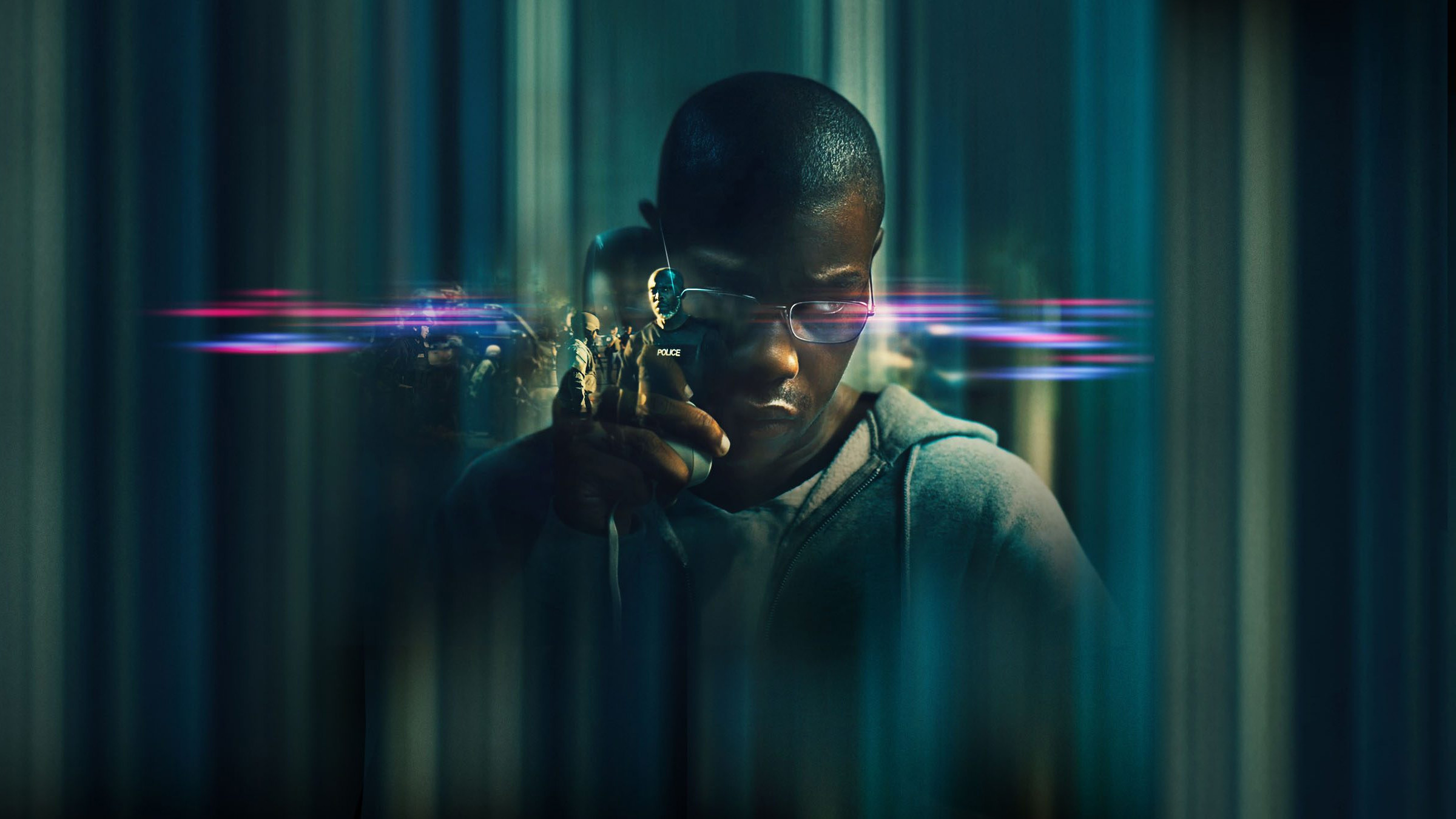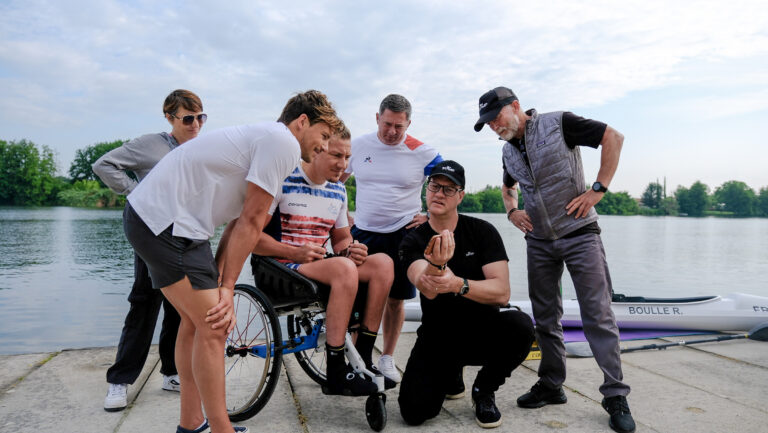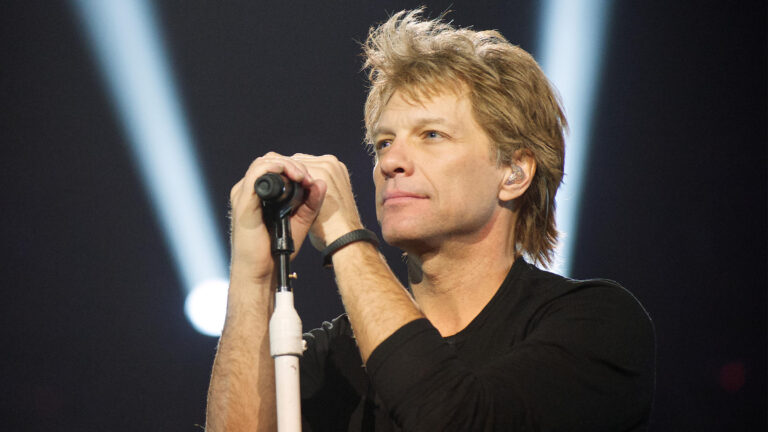There are few things more gratifying than watching a promising young filmmaker’s career unfold. That’s why this installment of Made in Frame feels just a little extra special.
In 2019, we were lucky to have spotted Abi Damaris Corbin when she completed her acclaimed short film, The Suitcase. Now, just three years later, we’re covering her first feature, Breaking, which premiered at the 2022 Sundance Film Festival and opened theatrically last month.
On the surface, it seems like a big leap to co-writing and directing a theatrical feature. But if you look back, you’ll see that then-Abi and now-Abi haven’t changed that much. For one, key members of the filmmaking team she forged on The Suitcase has come along with her for her feature debut, proving once again that fertile creative partnerships are the backbone of success.
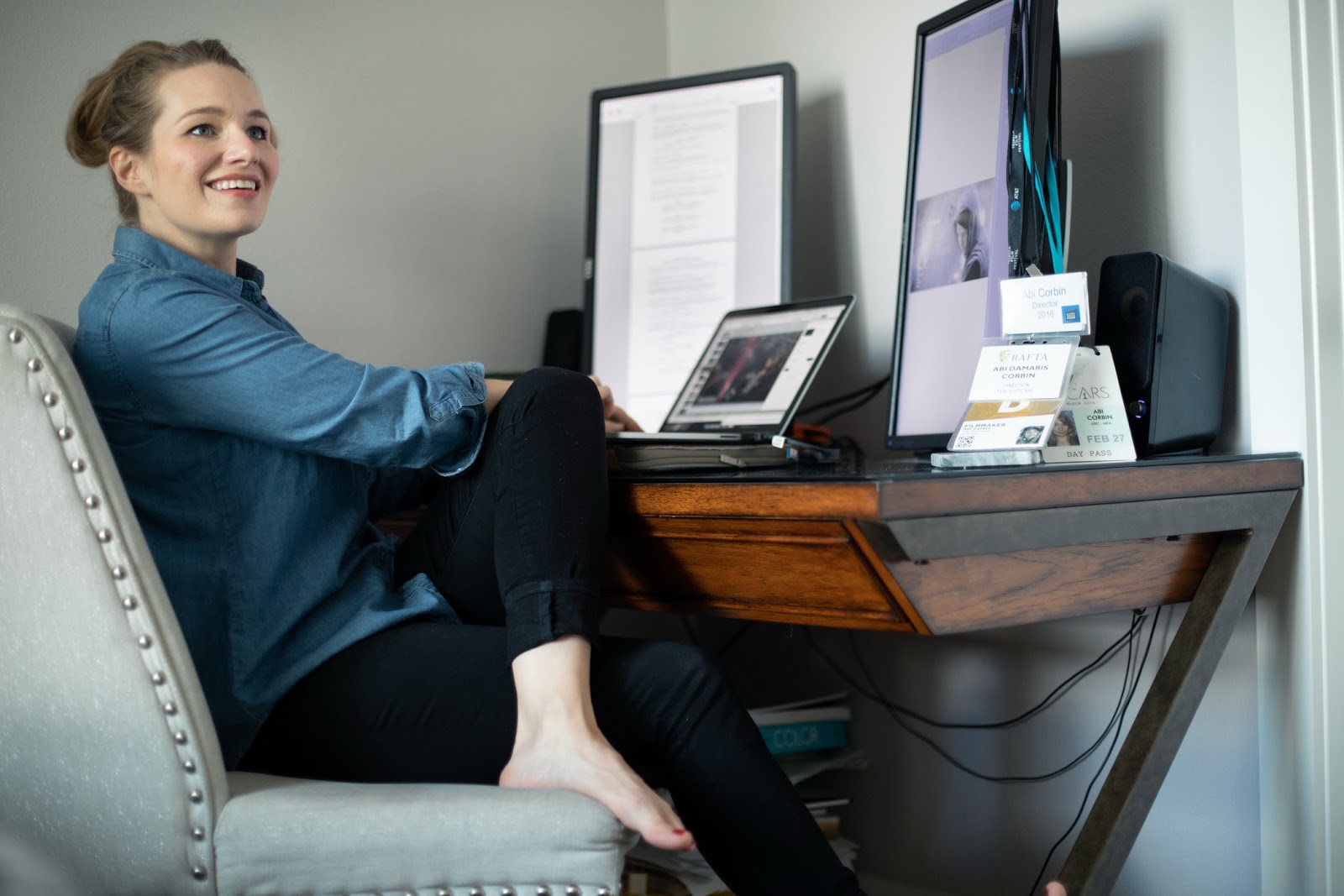
If we’ve learned anything over the numerous interviews we’ve conducted through the years, it’s that the relationship between the director and editor is key to a film’s outcome. Editor Chris Witt takes us into the process and demonstrates the importance of working with partners (and technology) you trust to bring the best version of your vision to the screen.
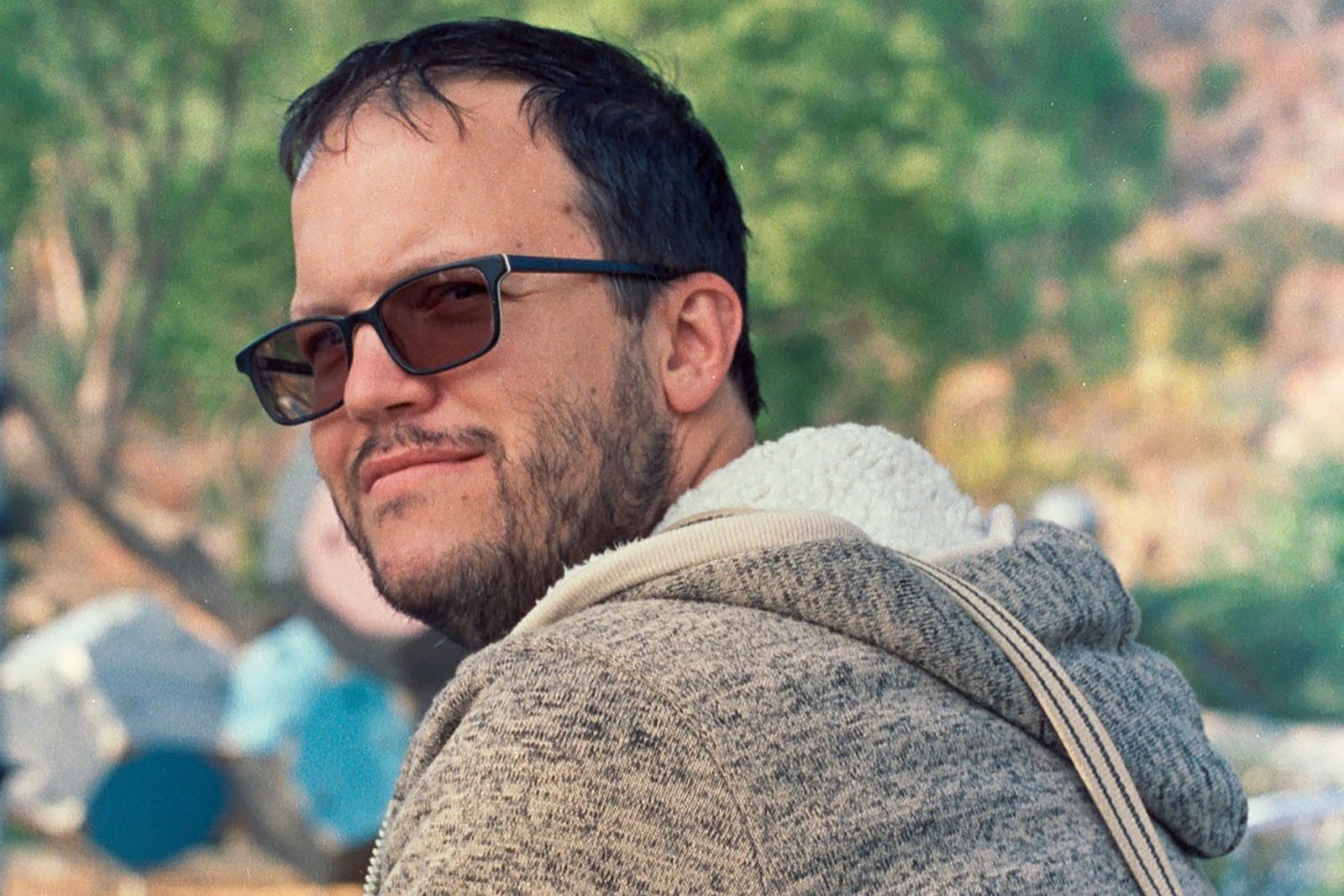
A meaningful story
In our previous article, Abi discussed her passion for telling stories that matter. Breaking is not only based on a true story, it’s one that’s timely, as well.
In real life, Lance Corporal Brian Brown-Easley, who suffered from PTSD, counted on his Veteran’s Administration (VA) checks to help support his young daughter. When the VA withheld his check for $892 and stonewalled his attempts to collect what was owed him, he succumbed to the kind of desperate measures a desperate man takes.
Breaking depicts Brown-Easley’s threat to blow up a bank with himself and two hostages inside unless he gets the media attention he’s demanding in order to bring his situation into the light of public scrutiny. What unfolds is a taut thriller depicting the apathetic bureaucracy and the militarized police force that seal his fate.
But it’s more than “just” a thriller. It’s also a story about how we undervalue both the service of our veterans and the lives of Black men. In among the media and police mobilization, we’re drawn into the point of view of the bank manager and the teller he’s taken hostage, Brown-Easley’s ex-wife and young daughter, the TV station reporter, and the hostage negotiator—all of whom experience his humanity in the face of his desperation.
A contemporary tragedy
Critics have compared Breaking to Sidney Lumet’s 1975 classic Dog Day Afternoon, but there’s way more to it than a bank heist gone wrong.
Instead, Abi approached Breaking structurally as a classical tragedy, with Brian Brown-Easley (brilliantly played by John Boyega) as the doomed protagonist on an irreversible course. No one can save him, not even the well-intentioned negotiator, himself a former Marine, played by the late, great Michael K. Williams in his final role.
“A major tragedy trope that I leaned into is withholding—letting things occur off stage or, in our case, off camera,” Chris says. “This allows the audience to fully feel the catharsis of what happens to Brian through the eyes of his family and the hostages, which keeps people feeling the emotion long after the credits roll.”

Abi and her team deftly choreograph the action to build the tension, while also trusting the nuances of the actors’ performances to subtly convey the complexity of emotions they share. Because in the midst of their fear for their own lives, they also feel compassion for the man whose moral compass points true north as he asks only for what’s rightfully due him, and nothing more. It’s clear he has no desire to hurt anyone—even as he confronts his own imminent demise.
Much of that interplay was crafted through nonverbal clues. Chris explains:
“So much of human nature is looking to our peers for clues about the environment—and we especially watch the eyes. Say you’re having lunch with a friend at a curbside cafe. If your friend looks past you at the street—if their eyes lock onto something, you will feel this almost undeniable force to turn your head to see what they see. It’s the same way in the edit. You can use this to create desire in the audience to follow a character’s look to its subject— and by obeying that instinct and cutting to what the character is looking at, the edit will hardly register as our brain immediately begins digesting the information it was craving.”
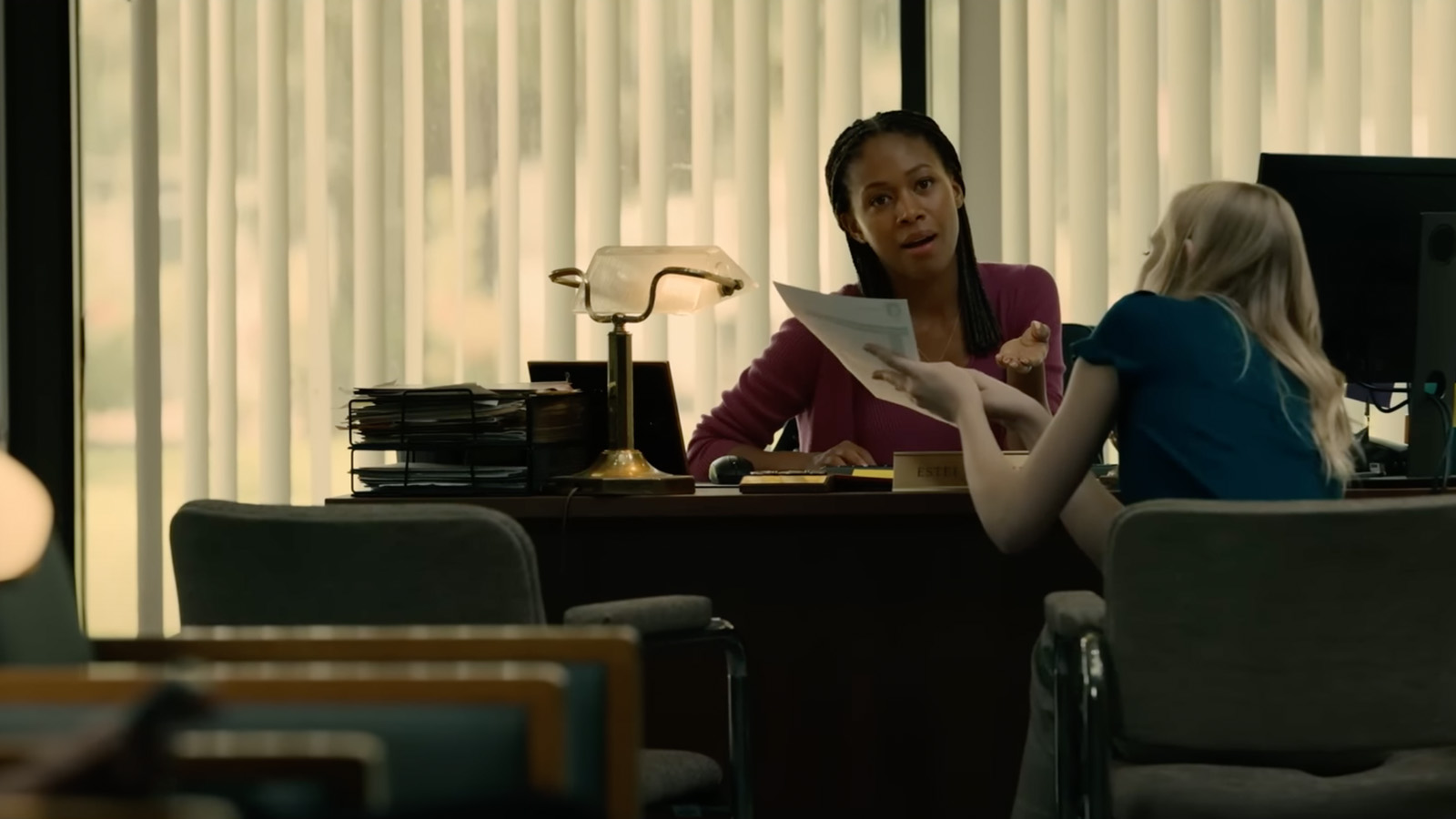
“But it’s not only a sleight-of-hand technique—it also enriches our emotional understanding and experience of a moment because so much nuance is communicated between characters’ looks to each other. It says so much more to cut between shots of the hostages turning on their speakerphones, for example [a plot point], if we move around the room in the triangle they form with a look that communicates how each one is feeling. It’s very much how you’d be at Thanksgiving dinner observing each person’s eyes silently communicating their disdain at what the odd uncle just said out loud.”
Beyond the bank itself, there’s the newsroom, where the reporter (played by Connie Britton) gives the audience important (and organic) exposition as Brian recounts his story to her over the phone. There’s the arrival of the police force and the deployment of their command center outside of the bank. There’s Brian’s daughter and wife, watching the story unfold on TV at home. And there’s the power play between the police captain and the negotiator. Balancing all of those dynamics while keeping the story focused on Brian was no small challenge.
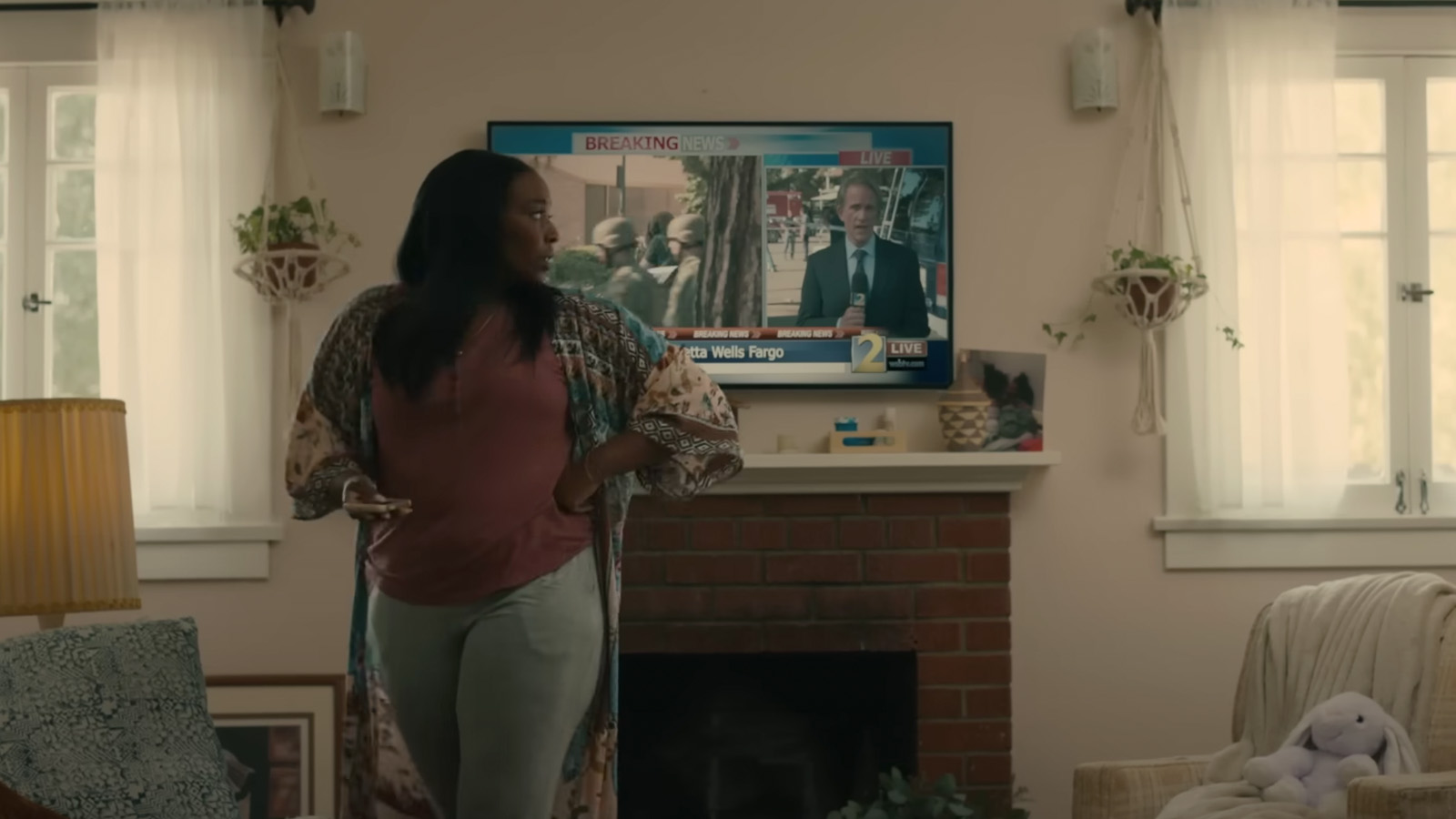
“In the script, the different locations were very self-contained,” Chris says. “The more we refined the cut, however, the more our minds wanted to get back to Brian. We found ourselves intercutting more of Brian poetically into those scenes. It works because if I don’t deny the mind’s eye where it seeks to look, your mind will experience the movie as if in a dream.”
Again, eyelines were important. “So much of the cutting between locations had a segue transition in audio, picture, or both. We were very mindful of designing edits that continue an idea or motion through the edit with particular attention to eye trace,” he says.
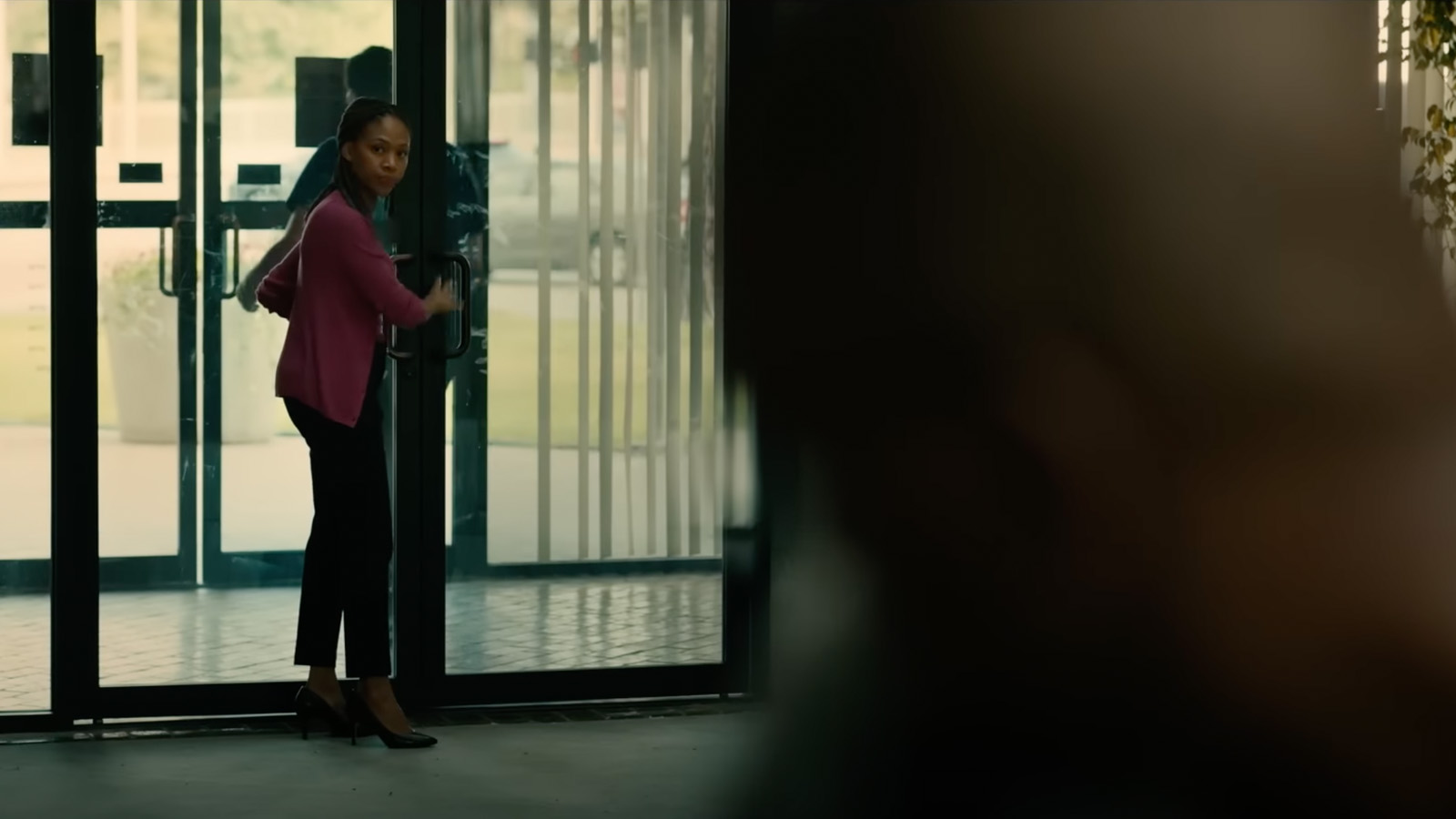

The director-editor relationship
The trust a director has in their editor, and vice versa, comes into sharpest focus when they’re faced with a particularly lengthy sequence. In Breaking, the scene where Brian enters the bank continues for 20 pages in the script. Chris describes it as “challenging and thrilling.”
“There were ten hours of footage for that scene,” he says. “One huge aspect of editing for me is honing algorithms—essentially workflows—to parse through hours of footage to choose the best series of frames for every second of the movie. You have your toolbox and, like hand tools, you pull one out and try to shape the scene.”
“You might need to change your chisel right away for a different approach, or perhaps somewhere mid-scene you discover you need a handsaw moving forward. I think I used every tool I know to put the assembly of scene 15 on the timeline. It was initially 30 minutes long (the final version of the scene is 20 minutes) and it was far from baked.”
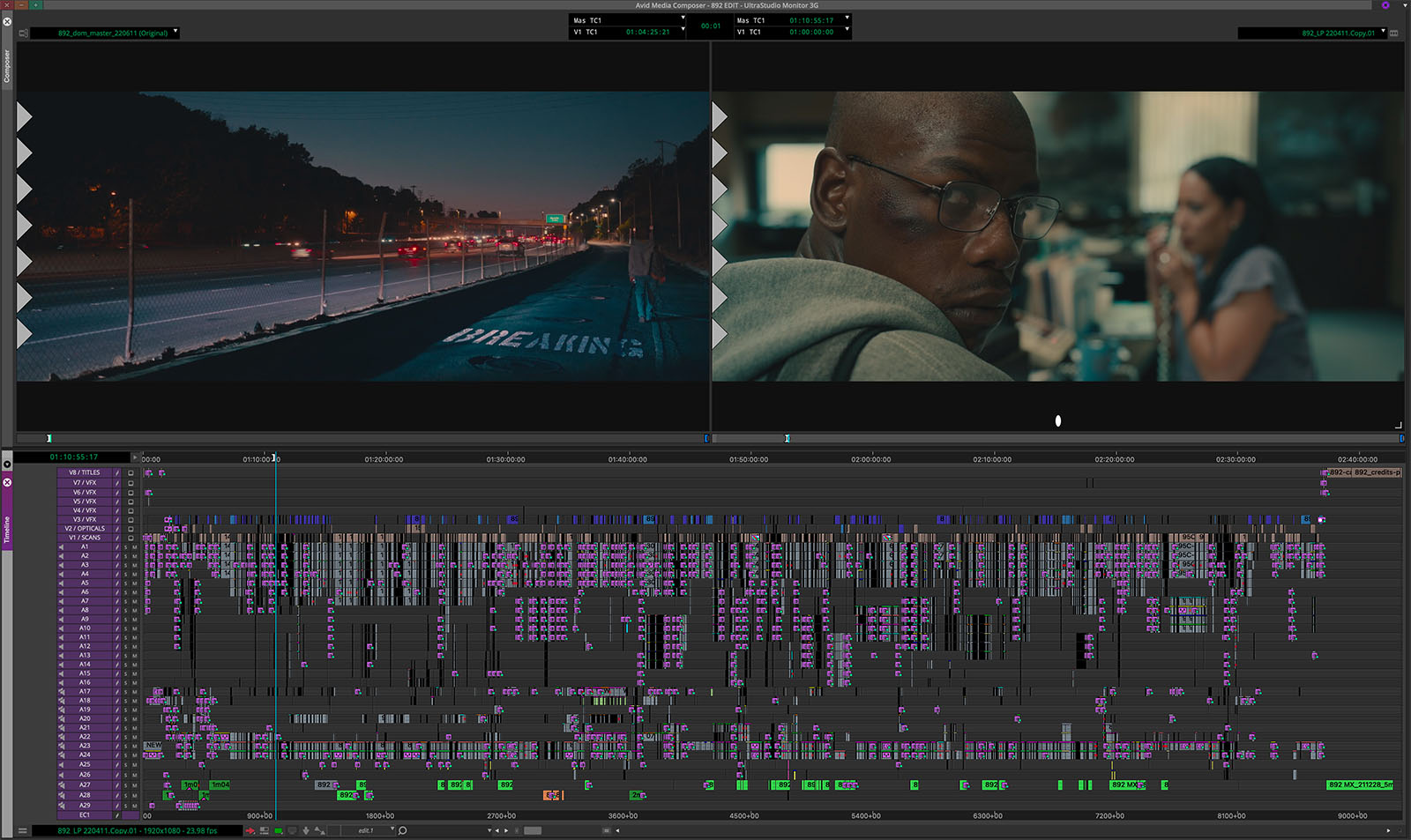
“Often, you watch an assembled scene and know it’s not even close to presentable, but at least you have something to build on. One of my cutting algorithms entails putting the scene to memory as a baseline, then sitting back on my sofa and watching every frame of footage for that scene, weighing everything I see to what I remember assembling. As I see or hear something worth comparing, I splice it to the end of the sequence to audition later. I took an entire day to watch those 10 hours of footage and came up with three hours of alternate clips to try out. If need be, I will rinse and repeat. And repeat I did. By the time Abi first watched it, it was a solid foundation for us to refine and from that point on, the bones didn’t change much even though we kept finding ways to make it sharper.”
The benefit of the relationship between Chris and Abi is that they share a a fluid shorthand with each other.
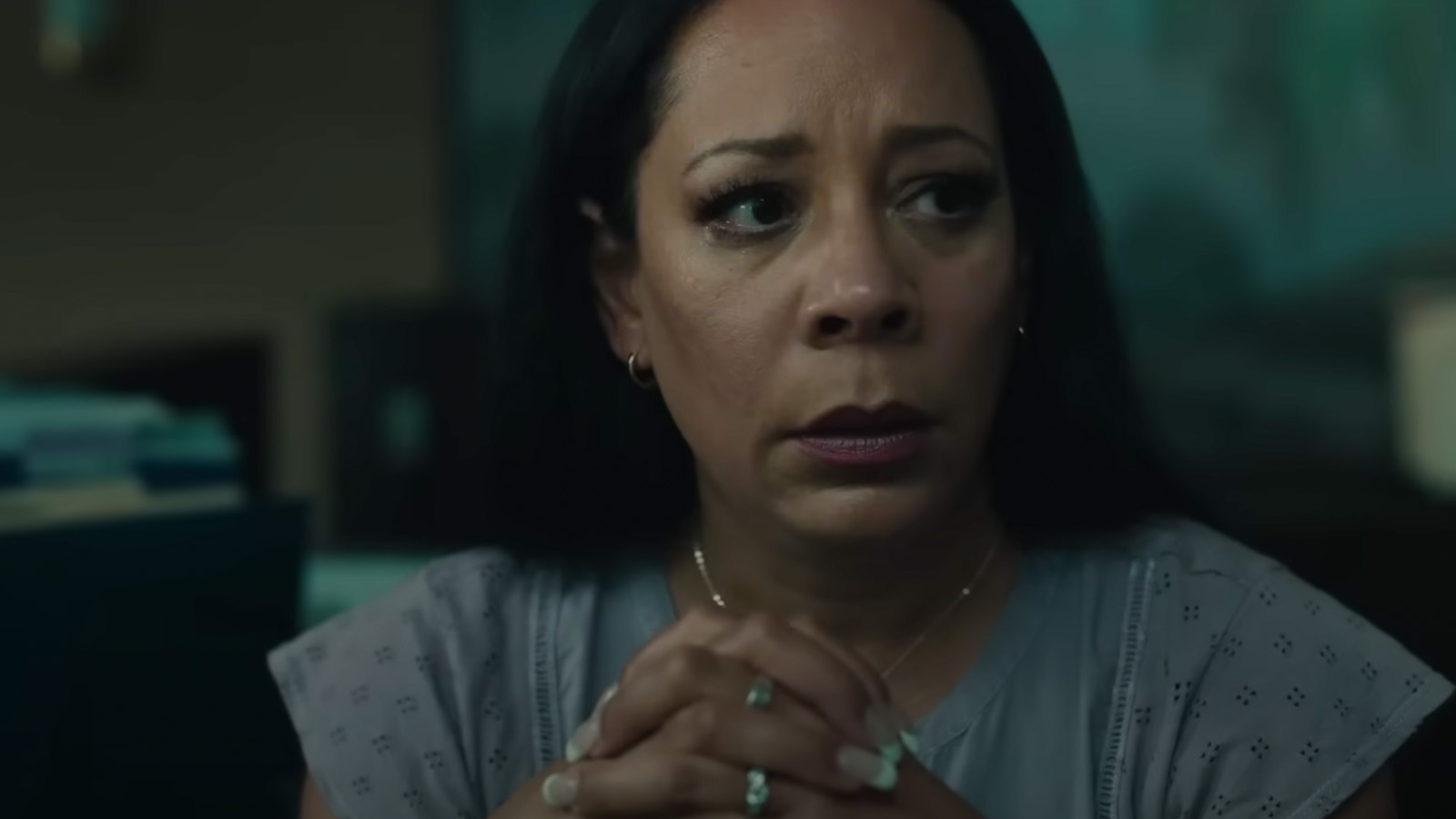
“What I love in a rewarding creative partnership is how both the director and editor sharpen each other and, in turn, sharpen the story. We share a sense of trust and freedom to make bold choices and experiment with ideas. On each project we’ve collaborated on, we’ve had this pact that we won’t succumb to creative fatigue and say, ‘Well it’s good enough.’ I think it’s within both of us that when there’s an itch about something in the edit, we ultimately need to scratch it.”
It’s our job as editors to facilitate flexibility, to be willing to try anything.
“When you’re in the edit chair you can run on fumes with the material. But even then it’s important to remember that it’s our job as editors to facilitate flexibility, to be willing to try anything. Sometimes she’d have an itch about something and would say, ‘We can do better,’ and she was usually right—even if we didn’t get to better right away. The key is when your instinct is nudging you, keep pursuing it. One day you’ll crack it. The end of those days are always the peak moments of the entire edit.”
Building a creative team
When we covered The Suitcase, producer Elena Bawiec was already a creative and strategic partner in Abi’s team. Peter Bawiec, a supervising sound editor and mixer, was also on that film and, likewise, both were involved with Breaking, along with script supervisor Amanda Griswold.
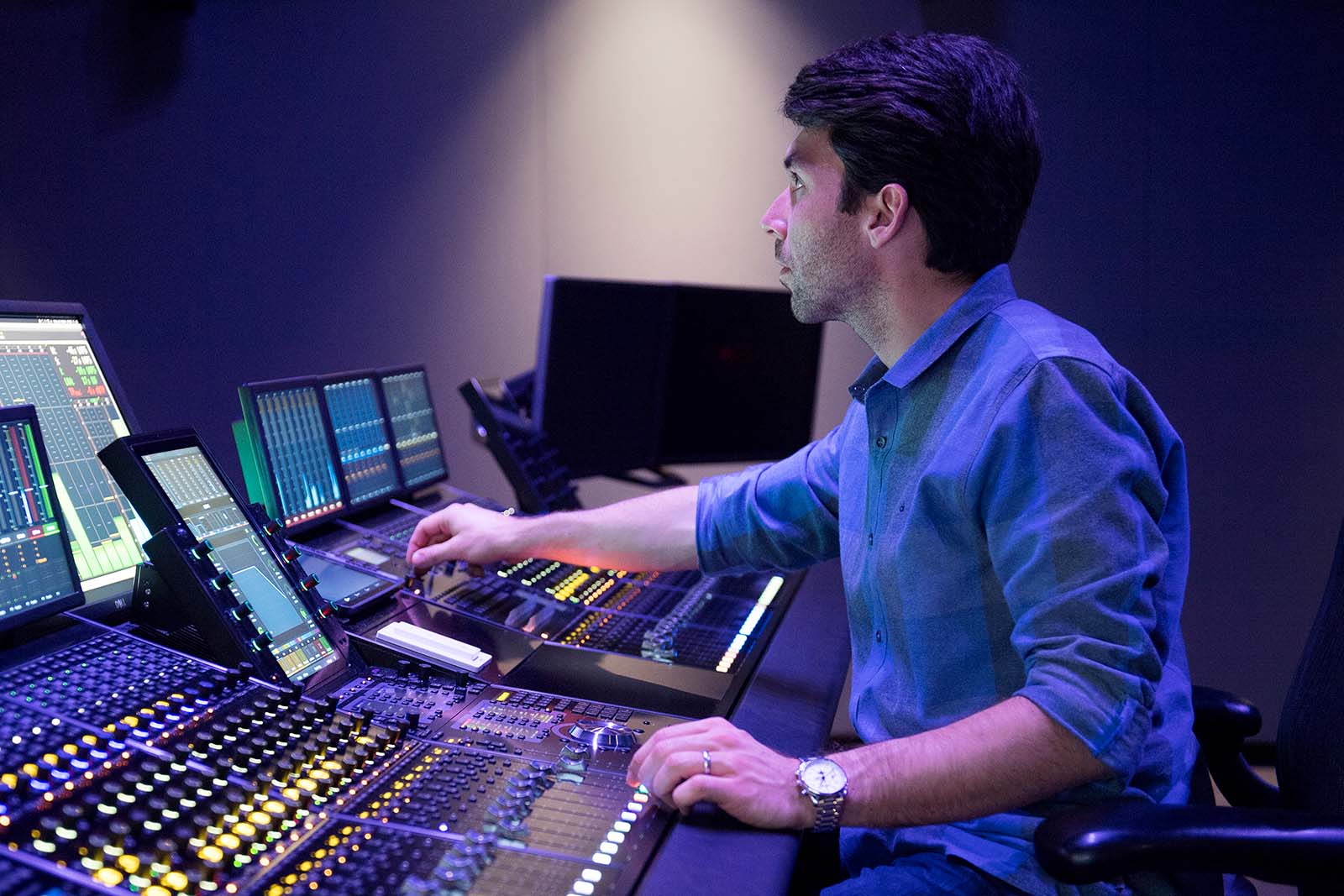
Chris especially appreciates Peter’s contributions. “I’m a very ambitious editor when it comes to temp sound design. But I’m even more in awe at the magic a skilled sound team can bring to further elevate the story. Peter was involved from the very beginning, physically building the analog phones for recording authentic-sounding phone dialogue. And Peter and I went into the bank while production was at a different location to record sound effects and ambient sounds.
He did the recording on his rig and I assisted him by creating the sounds of the bank door squeaking and the blinds being frantically shut. After [the character of] Estel goes into the bathroom, Brian sits down hard on a seat with a whissssh of air—that was actually the sound of me sitting down on that cushion,” Chris says.
Later, as they readied the cut for festival submission, Peter did rough passes on the mix and added additional sound design. “It’s always a pleasure teaming up with all departments along the journey. You learn a lot and find ways their unique perspective of their craft can hone and sharpen the story.”
Artistic responsibility
When dealing with a true story, there’s always the responsibility to honor the real people who were involved. In the case of Breaking, the filmmakers not only had to honor Brian, a military veteran, but also were charged with honoring the memory of Michael K. Williams, who died during the post-production of the film.
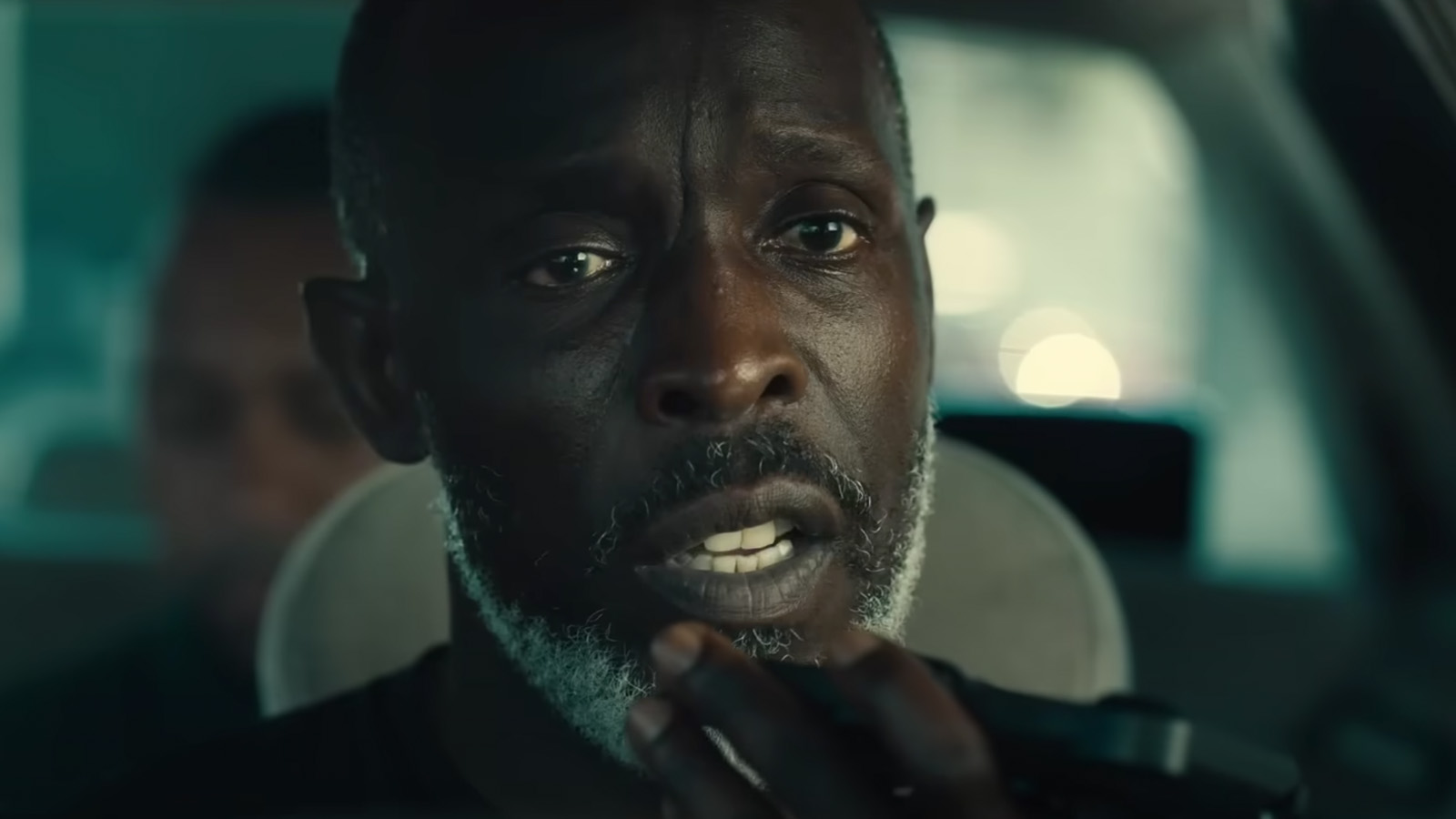
Williams’ character, hostage negotiator Eli Bernard, is perhaps the one person who understands Brian’s motivations. But in the script, as in real life, he came into the story later.
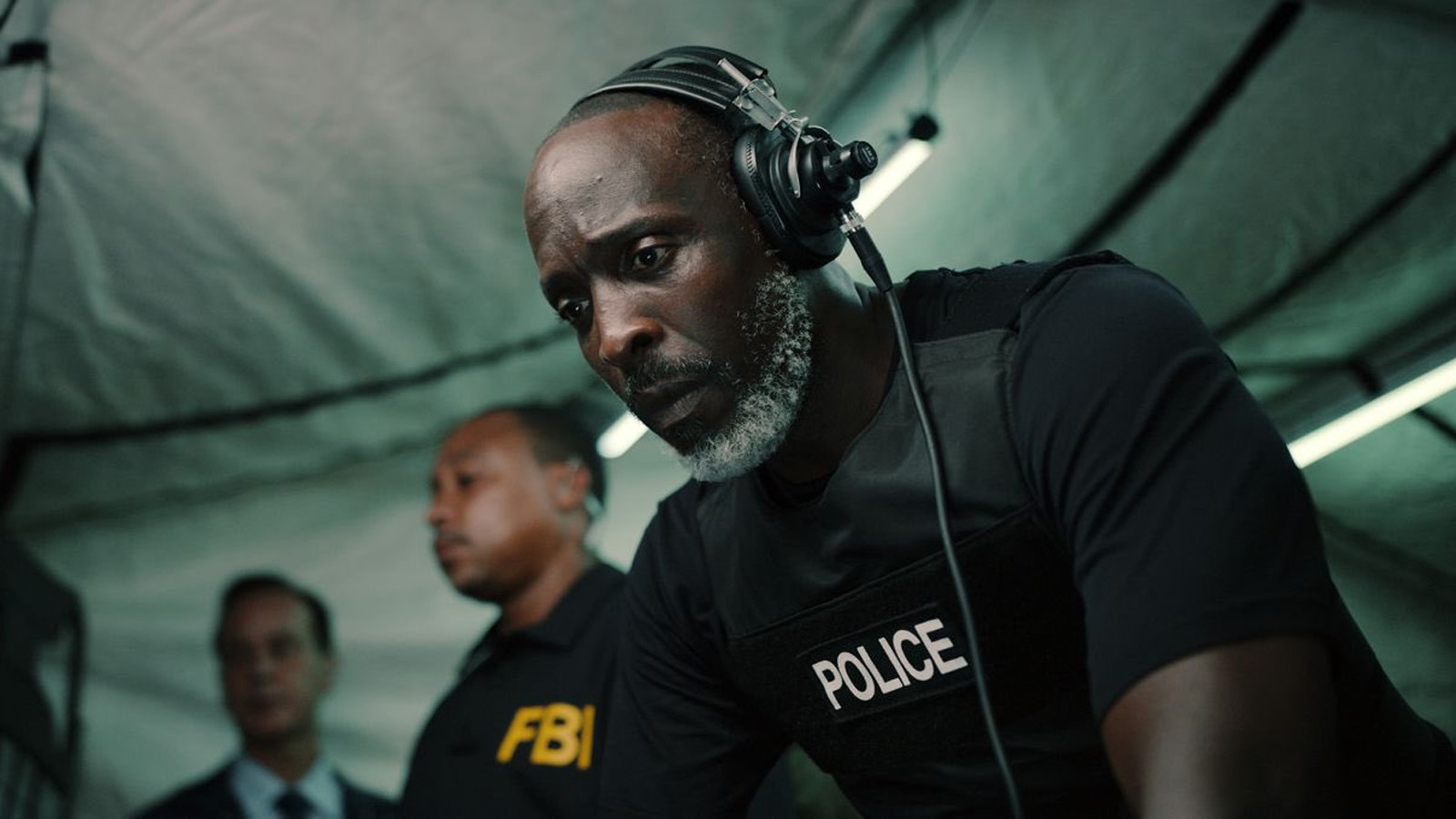
“It worked on the page, but in the cut we felt a lag anticipating Bernard’s arrival that hampered the story. We found that by intercutting him to arrive a touch sooner, not only did we give the audience a more desired timing, we also created the opportunity for him to eavesdrop on the phone call between Brian and the reporter, which added nuance when Bernard talked with Brian.”
It’s to Abi’s credit that she knew when to keep pushing for more out of her cast of seasoned actors.
“Some moments needed more time to unfold and Abi trusted her craft,” Chris says. “For example, for me the most touching moment in the movie is when Brian tells Bernard through a window pane that he needs help finding the words to tell his wife and daughter that he is going to die. Brian, with practically a smile on his face, begins to cry as he thinks about his loved ones.”
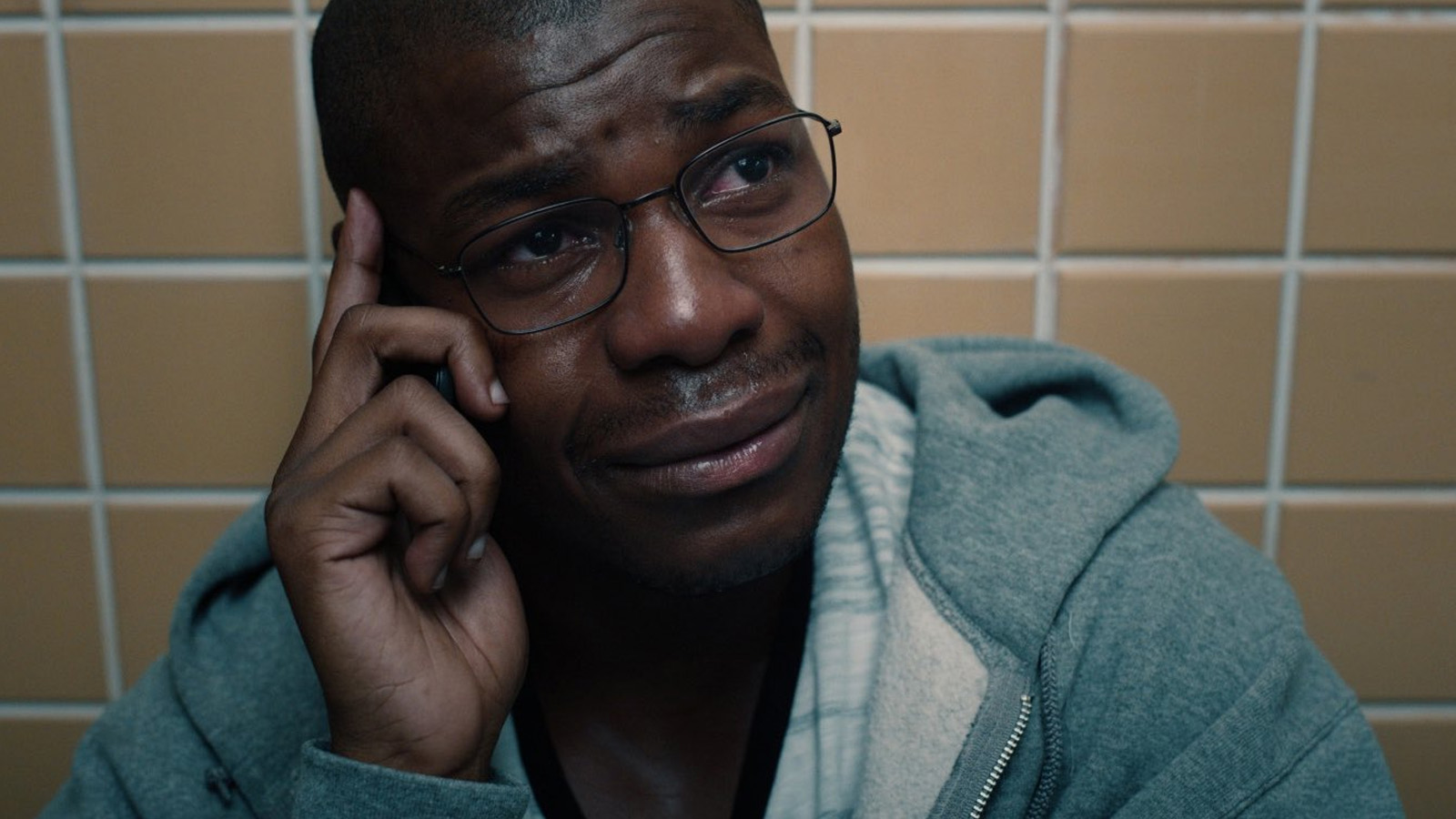
“Nothing near that happened on the first few takes, but as Abi and John kept digging they struck gold. Abi then knew she had the goods and moved on. The worst case is when you pass the best take and keep going with diminishing returns, but that never happened on Breaking. Abi and her cast were dialed in and committed to getting it right regardless of any pressure to move on.”
A creative workflow
As we learned the last time we interviewed Abi, she’s a huge champion of pioneering technology in service of creativity. The Suitcase was done in partnership with USC’s Entertainment Technology Center, during which they developed a new SMPTE standard for a unique digital media identifier as metadata for all footage.
This time, Frame.io was a big part of the Breaking workflow. Principal photography happened over 25 days in and around Los Angeles, with an additional day in Atlanta, Georgia, for the opening montage.
Principal photography took place at this location in Canoga Park, LA.
The team shot primarily on a Sony Venice (occasionally using two cameras) but also shot security-cam plates on a Blackmagic Pocket Cinema Camera. They also used a working Sony F800 XDCAM ENG camera for news B-roll for the TV coverage that they later added into the TVs and monitors. DIT Michael Borenstein ran the footage through Resolve to create Chris’s Avid MXF DNxHD 36 dailies, while also creating H.264 director dailies to upload to Frame.io.
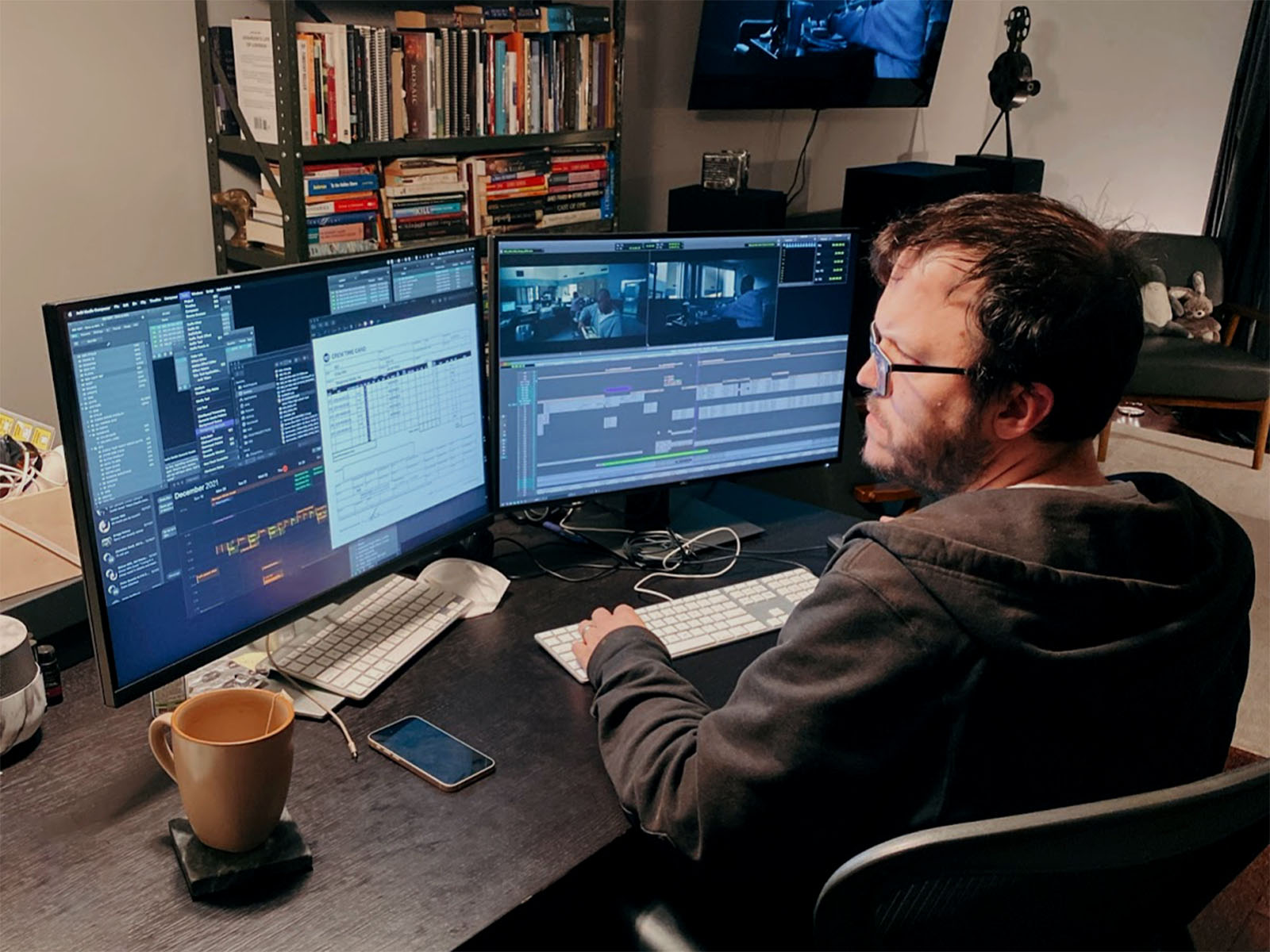
Chris kept up with camera and reviewed dailies during production. “After wrap, with all the day’s dailies uploaded to Frame.io, it’s very easy to comment and create notes directly on the footage,” he says. “It’s great to have the ability in Frame.io to circle how the phone looks in one take I’m using in the assembly, for example, to help the team prep for a pickup they may be planning for the next day.”
By the time you’ve watched the footage for a few weeks, those biases lose their teeth and you can really only focus on what makes the edit sharper.
Some editors love to be on set during production, while others prefer to stay away so they aren’t influenced by what they’ve observed. Chris falls into the former category. “There’s so much excitement and energy on set, and I’m a sucker for a catered meal. There’s a debate on whether knowing the geography and the efforts involved in creating the shots can bias an editor, but I’ve discovered that by the time you’ve watched the footage for a few weeks, those biases lose their teeth and you can really only focus on what makes the edit sharper.”

With a tight timeline on the horizon, Chris returned to his home edit bay. “We had six weeks after wrap to deliver a cut for the Sundance submission deadline, so a way to connect with the team on progress was critical. Frame.io bridged that gap.”
Given the number of VFX, largely consisting of TV and computer monitor screens to populate, along with the fact that they shot in LA, which doubles for Atlanta, communication was vital. “Early in the edit schedule, we had our VFX Supervisor Michael Curry of REAL by FAKE over to spot the cut,” Chris says. “Since Sundance made our turnarounds so tight, we wanted to give them as much time as possible.”
Because we were doing a lot of VFX, communication was vital.
“REAL by FAKE, with part of their team located in Canada, and MIST VFX in India, could upload their work-in-progress shots in Frame.io for Abi and the team to review in the morning before we worked on the cut—and having the ability to annotate on the shots made communicating that much simpler. In a world where creatives can be spread out over continents, Frame.io gave us the ability to feel like we were in the same room.”
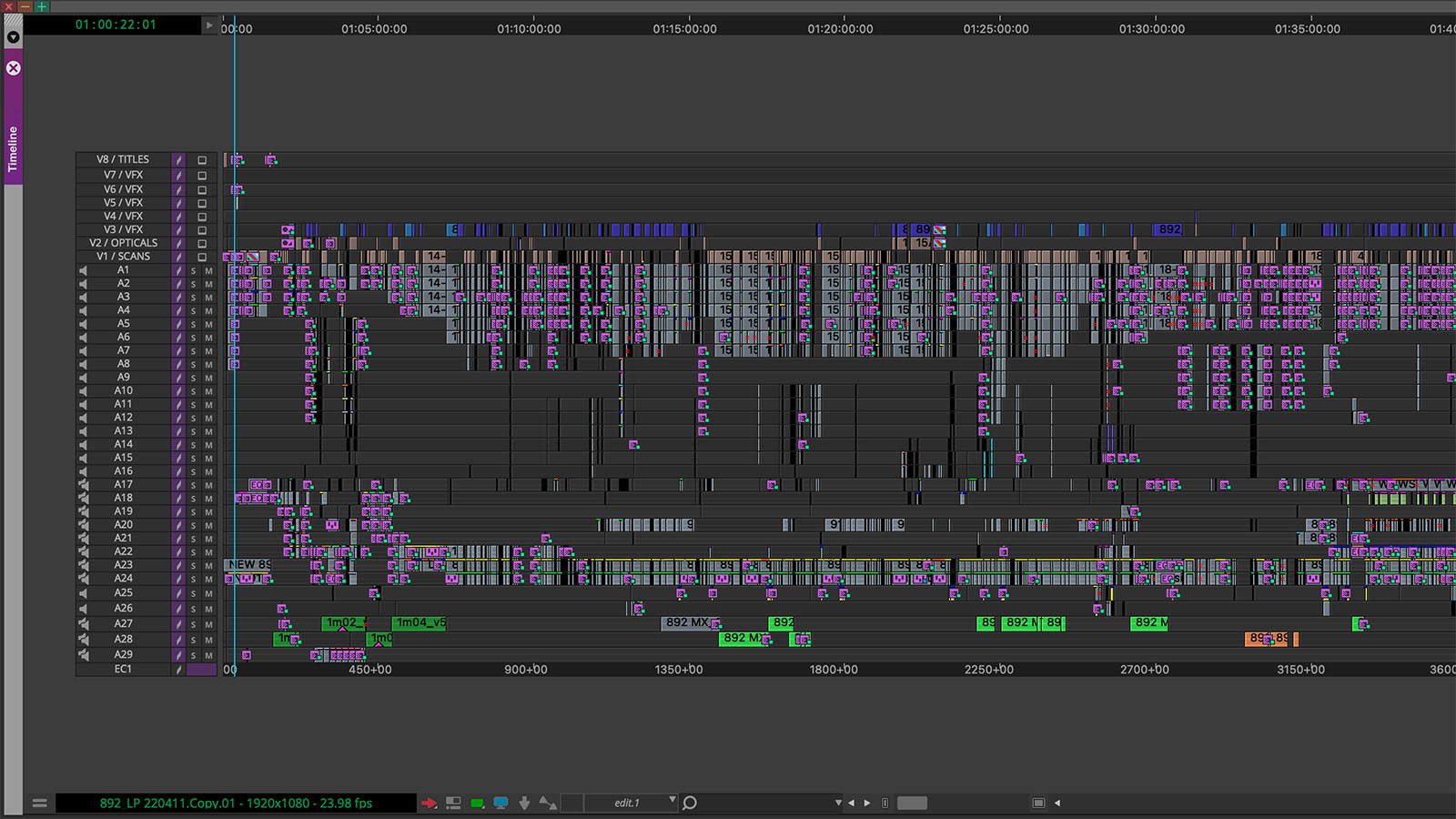

New discoveries
Moving from short films to features together has helped this team make discoveries both creatively and technologically and it’s really just the beginning.
For Chris, it’s all about the journey. “Editing is a process, and if you set out to nail the final form in the first pass you’ll miss out on all the discoveries. The beauty of editing movies is that they take on a life of their own and seem to tell you what shape they want to be cut in— if you’ll only slow down and pay attention.”
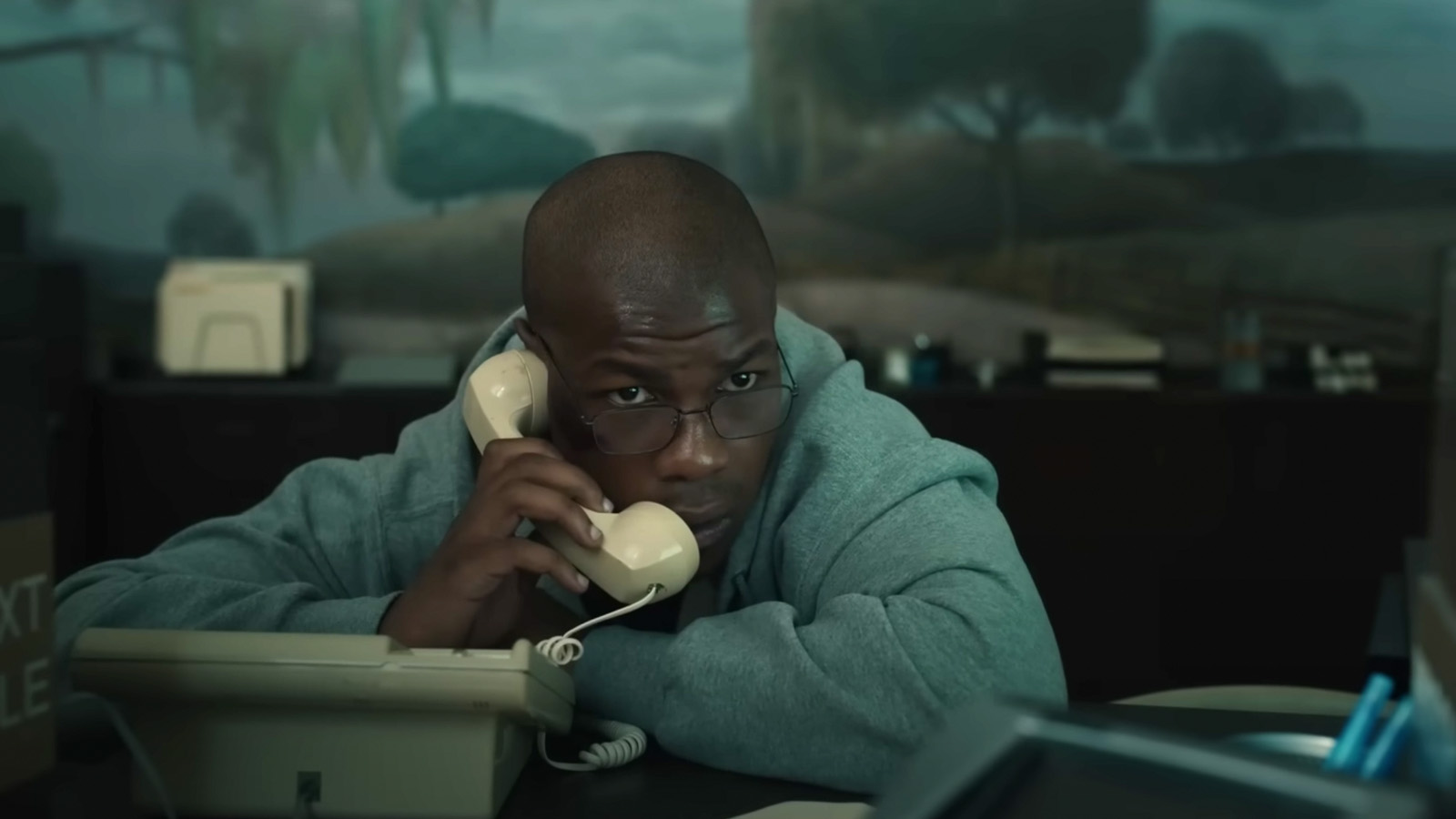
For now, we plan to keep paying attention to what Abi and Chris are up to. Except that we probably don’t have to slow down much to see what’s next.

